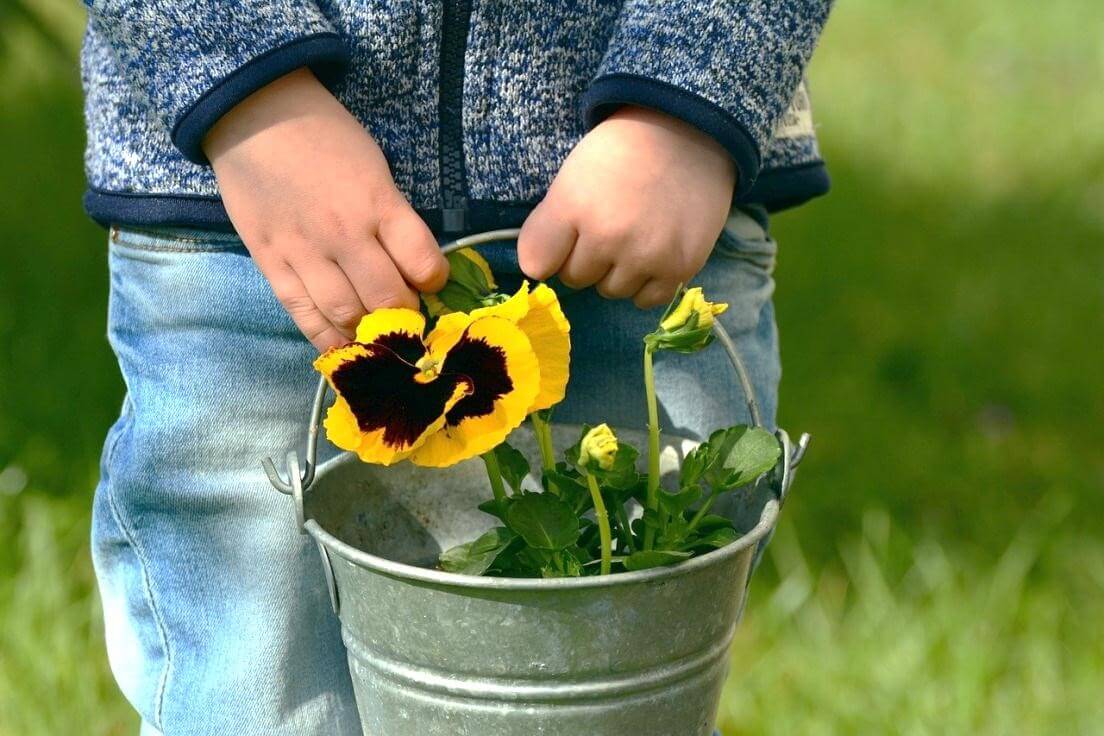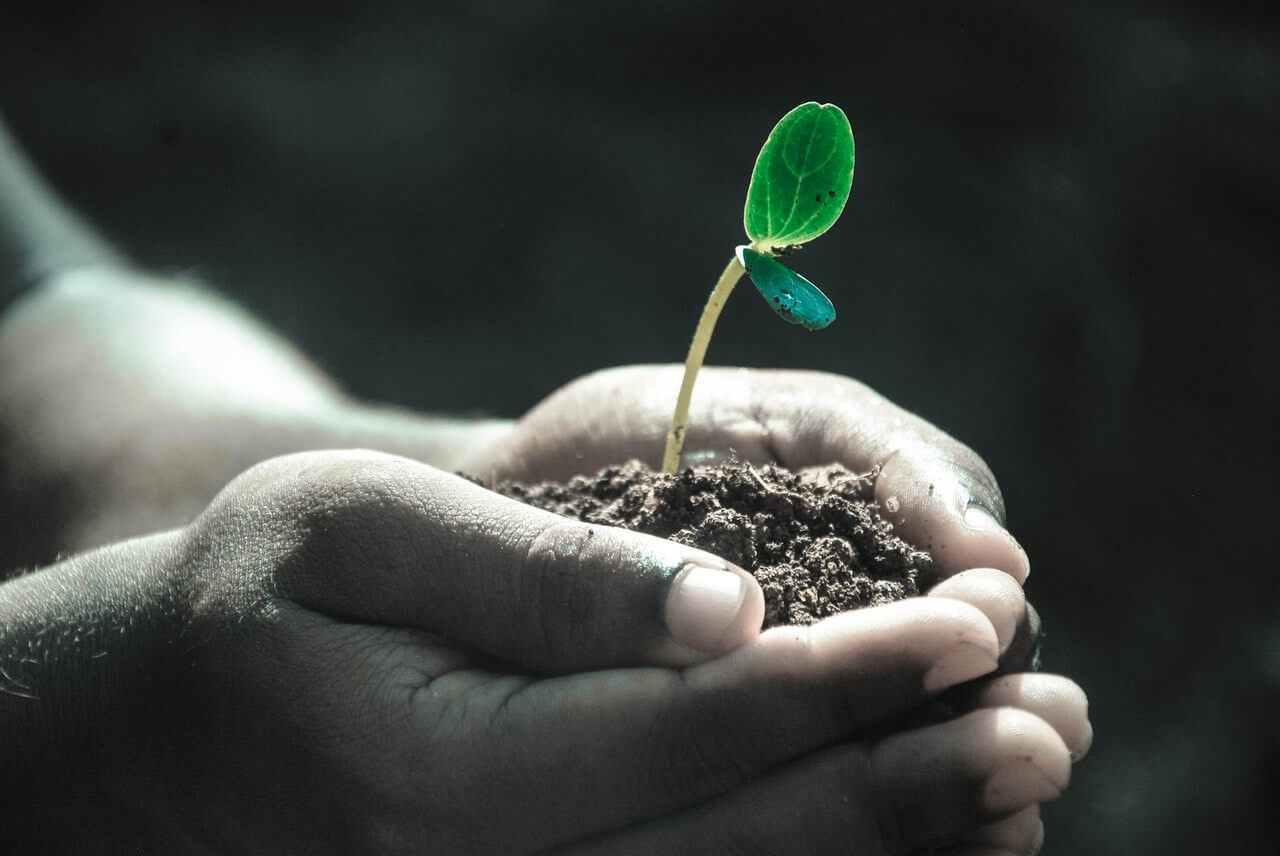Family Gardening: How to Get Kids Stuck In

Your garden is a wonderful play area for your children, but it can also be a place to provide a platform to learn. There is plenty to look at, from different leaf-shapes, to how big herbs can grow from small seeds. You can also invite your children into gardening exercises that could end up becoming ongoing projects that you could do together and which could develop a love for gardening within them.
Learning about planting

If you can set aside a garden bed, container or pot a child can call their own, it gives them a sense of ownership and investment. Bedding herbs are a great way for children to study planting and are ready to go straight into the ground, so there’s less work to do. You’ll need to prepare your child for the likelihood that the plant won’t grow as quickly as they want, but that can be a useful life lesson and make it even more exciting when growth comes.
Why not attempt herbs and vegetables too? They are also obtainable as small garden-ready plantlets. All your child has to do is jab a hole in the compost or soil, pop the herb or vegetable in, then compress the soil tightly around the shrub. Add another few, and they will have created their little plant or vegetable patch in a matter of seconds! Bedding flowers are also appropriate for planting in a pot if you have limited space.
Learning about soil

All plants rely on soil, and there is plenty to learn about in this area. There are plenty of different kinds of soil – chalky, clay, silty, sandy, loam, and peat. Some of these are familiar, but did you know, for instance, that loam is the mixture of silty, sandy and clay elements? If not, you do now!
So how do kids tell them apart? Finding out could be entertaining and a little messy! You could recognise the clay soil by taking a small amount and smearing it between your palms – as it forms into a ball; you may recognise its texture as clay. When you have sandy soil, it will feel gritty when you smear it between your hands. Silty soil will feel almost silky, while chalky soil will crumble between your fingers and might have bright white stones in it.
Is your soil alkaline or acid? Another fascinating thing regarding soil is that some are alkaline and some are acidic. Chalk, for instance, is extremely alkaline; and sand, rather acidic. Hence, testing your soil to see what you have got in your yard could be another enjoyable and educational exercise – although this level of depth may be best suited for older children and budding experts. A soil experimenting kit shows you how alkaline or acidic your soil is by offering you the pH reading. You simply dig up a small bit of soil and put it in – then await the answer!
The ‘magical soil’ experiment
To observe how the acidity of soil influences plants, there is a test you could carry out which ‘magically’ transforms the colour of hydrangea herbs from pink to blue. You simply purchase some hydrangea colorant and smear it to the herb’s soil, as required in the directions. It will just take a fairly short period for the flowers of the hydrangea to transform colour, showing your child that the hydrangea likes the faintly acidic soil.
These are just a few basic ideas on getting your kids excited about gardening. Here at Garden Play, we specialise more in garden equipment than garden planting, but we love seeing gardens enjoyed in a whole host of ways and we hope that this guide has been helpful.
